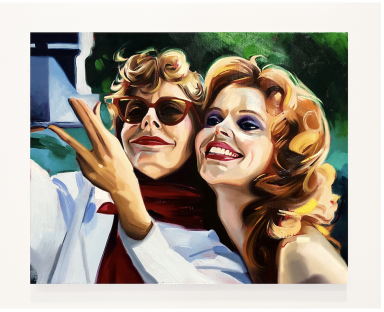
Sam McKinniss, Louise and Thelma, 2018
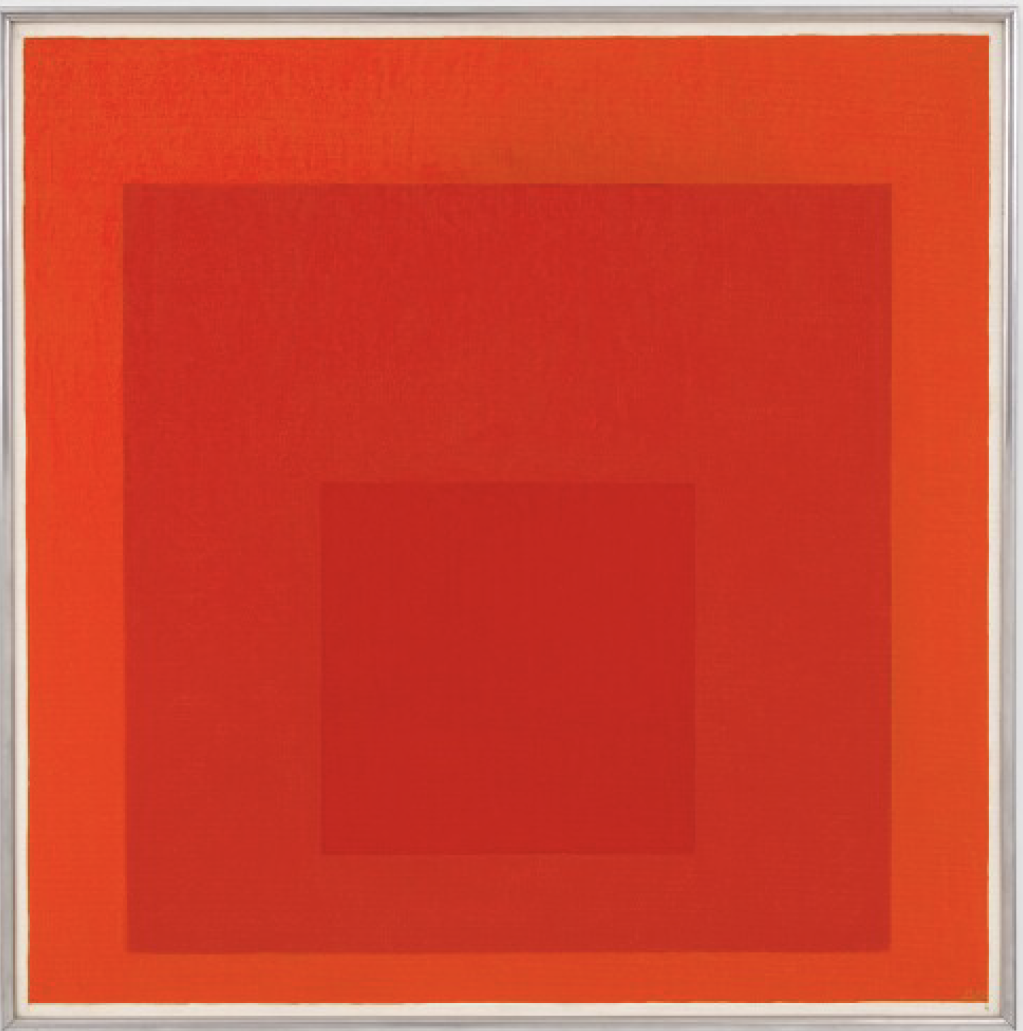
Josef Albers, Homage to the Square : R-PI, 1970
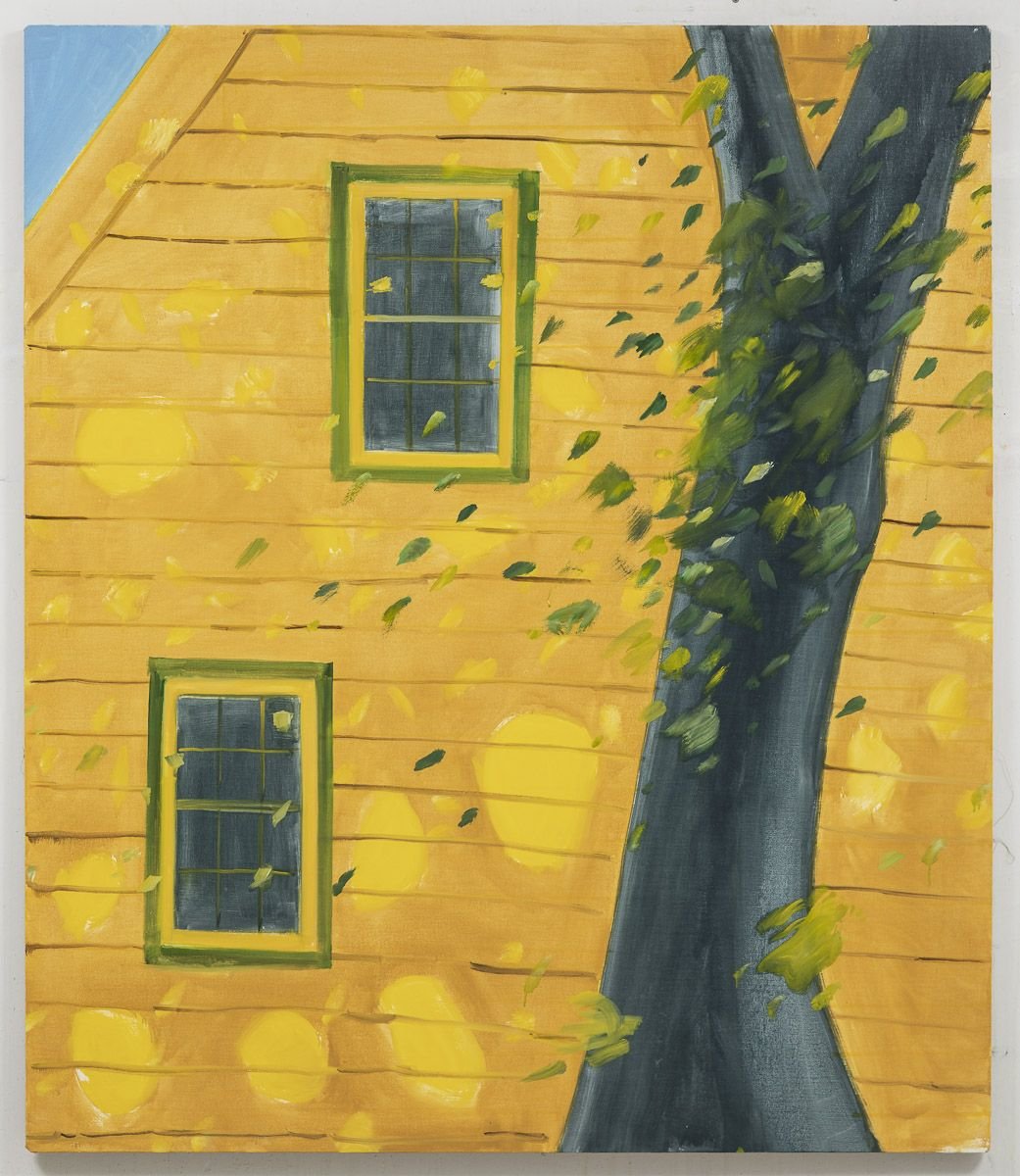
Alex Katz, Yellow House, 2021
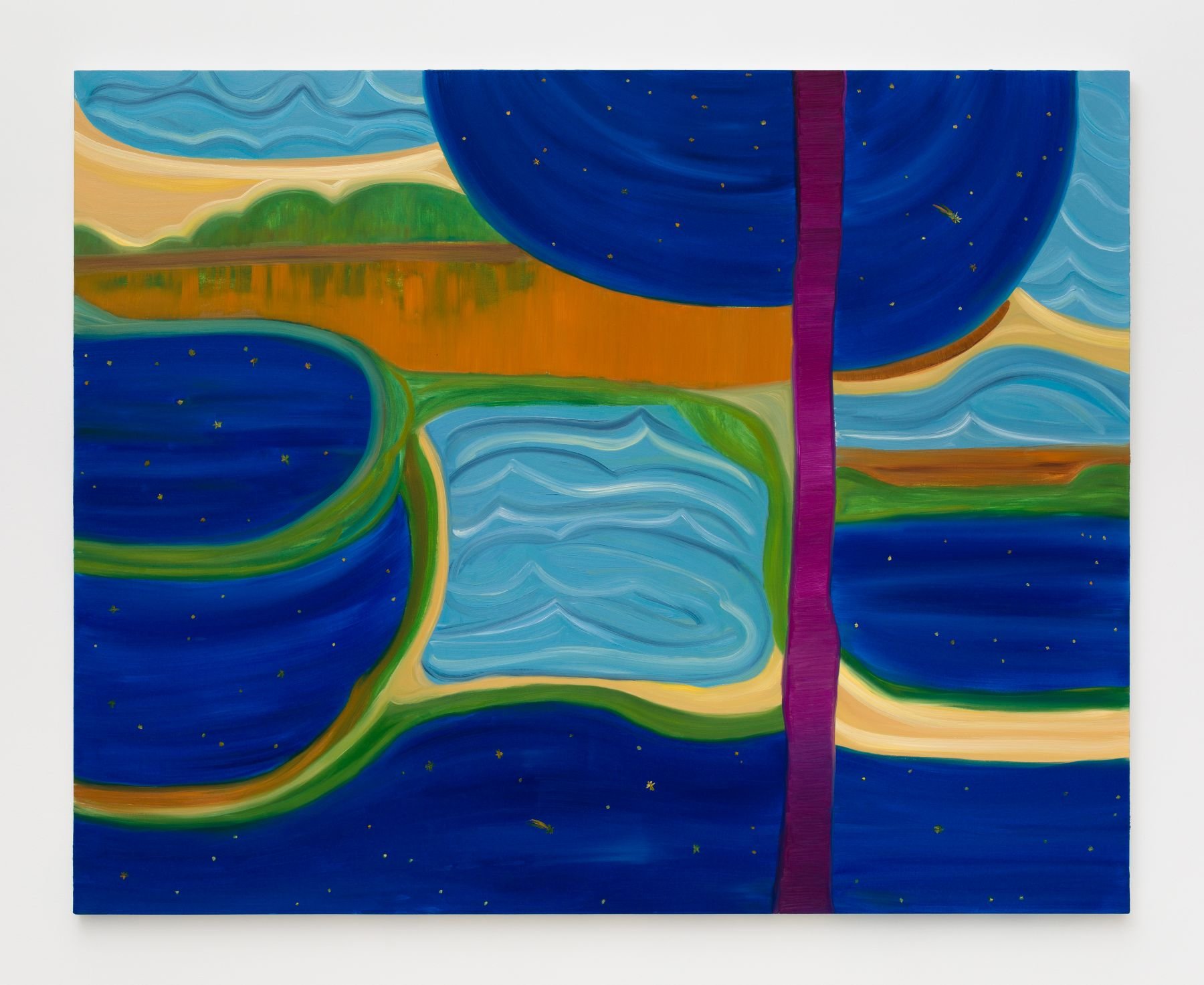
Marina Perez Simão, Untitled, 2020

Tala Madani, Cloud Mommy (Scribble), 2022

Hughie Lee-Smith, Rooftops, 1960
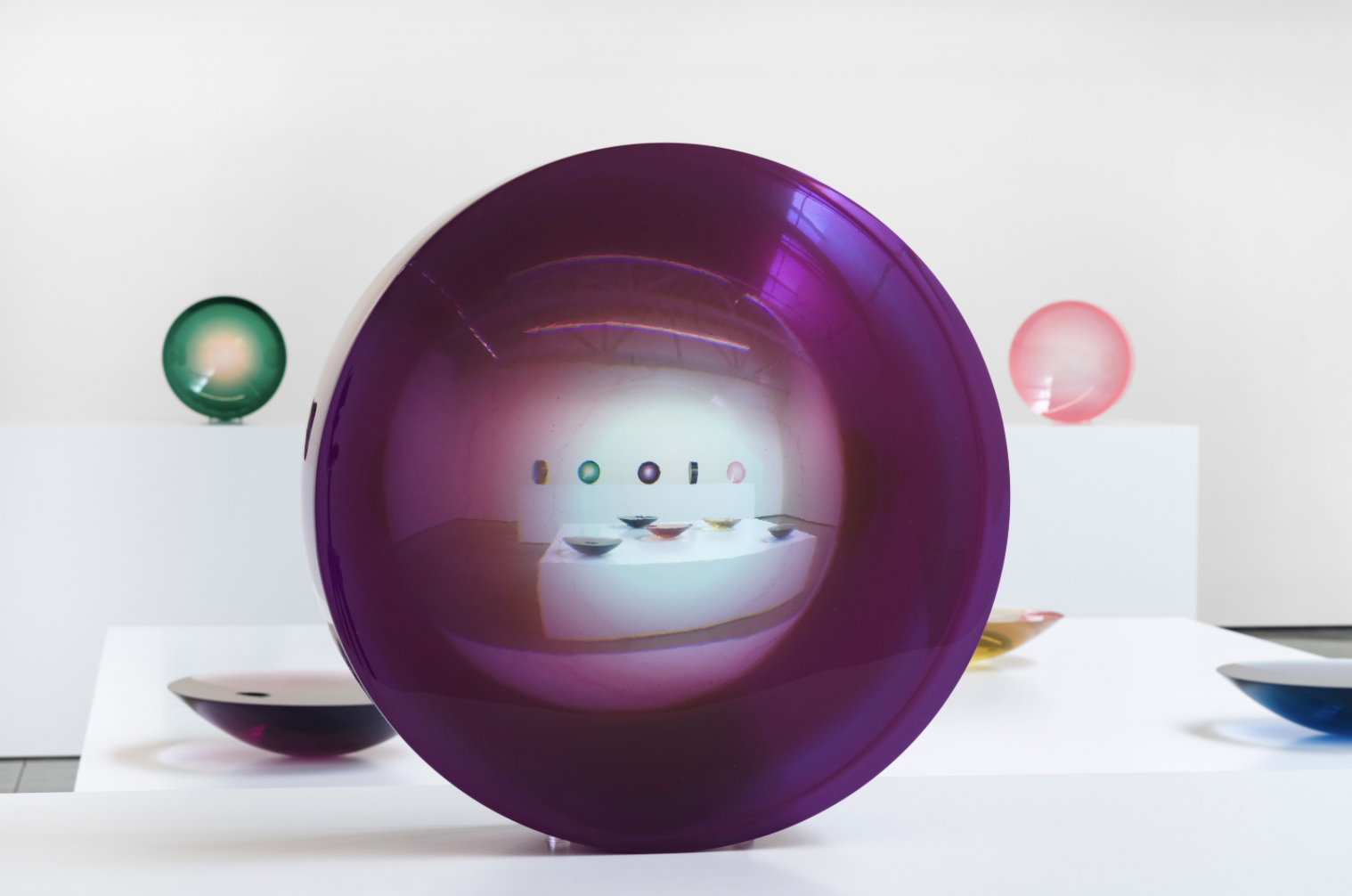
Fred Eversley, Untitled (Parabolic Lens), 1969/2020

Joan Mitchell, Untitled, 1968
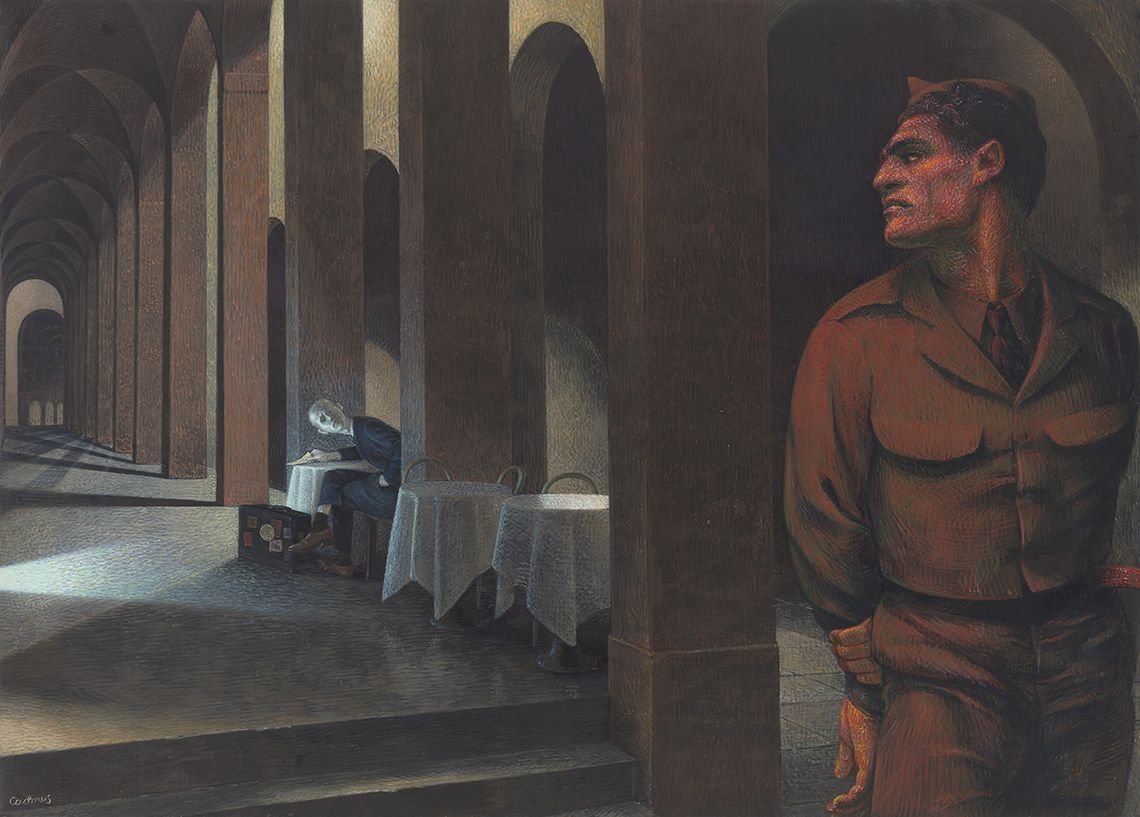
Paul Cadmus, Notturno: Bologna, 1957
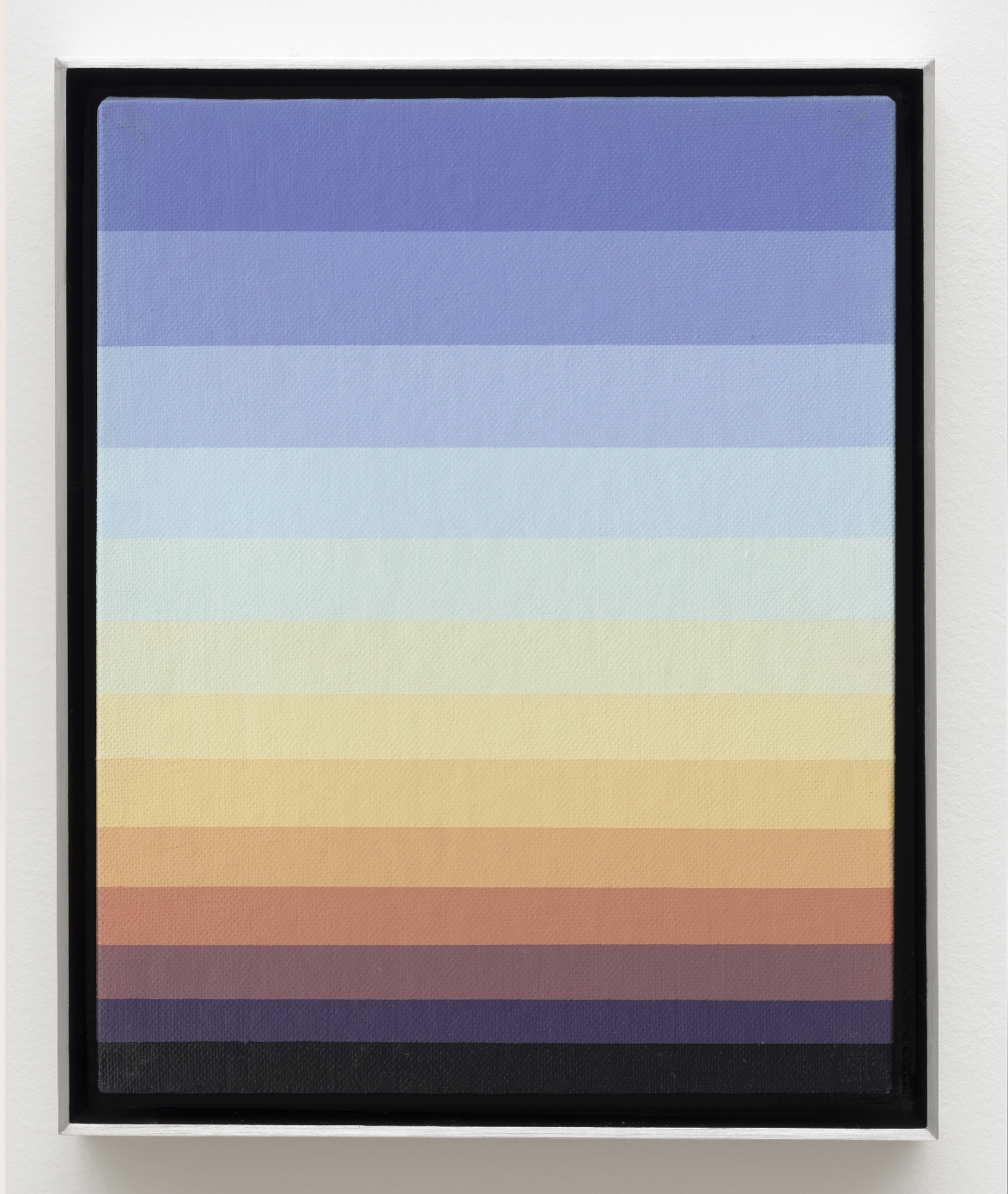
Norman Zammitt, KK40, 1987
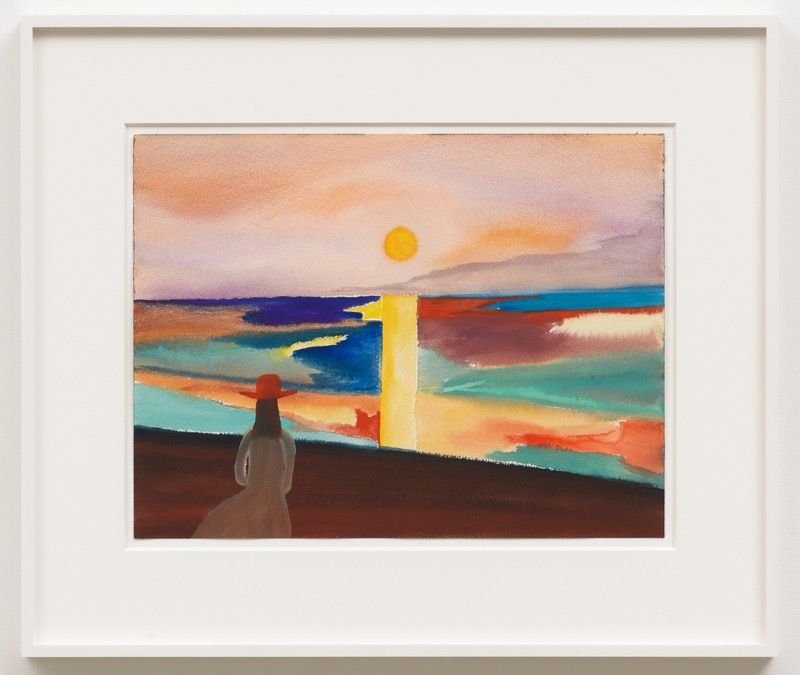
Matthew Wong, Sunset (After Felix Vallotton), 2019
